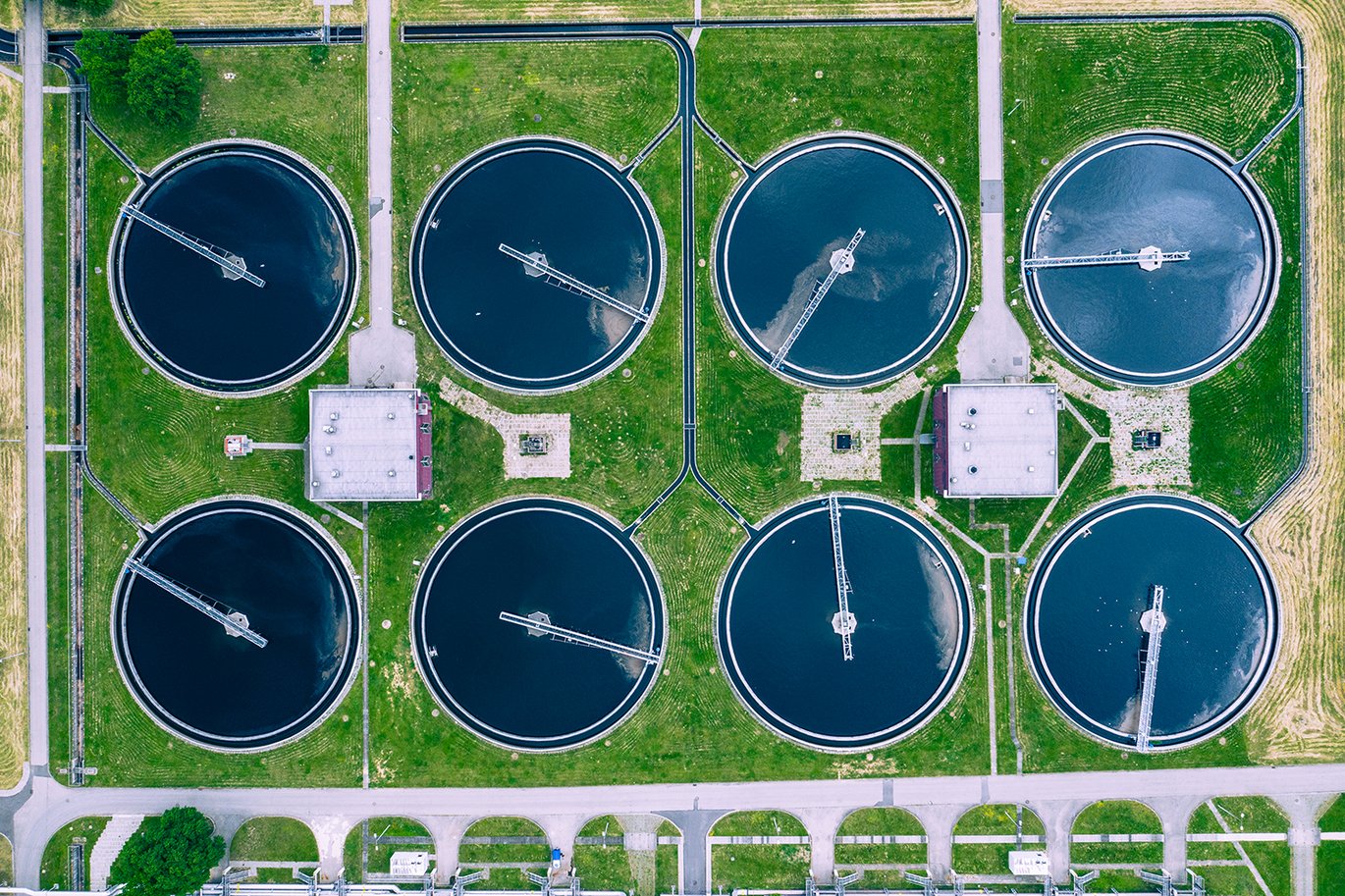Transforming wastewater into valuable raw materials
You wouldn’t think it, but the sewer can be a huge source of valuable resources in a future circular bioeconomic society. Massive flows of nutrients and potentially sustainable building blocks are currently going to waste in the world's treatment plants. An international team of researchers is going to change that.

At the moment, we are not taking advantage of the fact that sewage sludge contains a lot of useful nutrients and raw materials. Huge flows of these sustainable building blocks go to waste every year and are not harnessed from the world's wastewater treatment plants.
It is the epitome of the modern world's throw-away culture, because the raw substances in sewage sludge could very well replace oil-based raw materials and thereby contribute to the green transition of our fossil-fuel dependent industries.
The Novo Nordisk Foundation has just injected EUR 7.4 million into the REThiNK project. The project aims to retrieve many of these valuable resources from treatment plants and then rethink them into a circular economy:
"This is a very exciting project, which can have a huge impact on how we handle liquid waste in the future. There are vast amounts of valuable substances hidden in sewage sludge, substances that could be used as sustainable alternatives in a number of industries that are currently dependent on fossil raw materials," says Thomas William Seviour, associate professor at Aarhus University's Department of Biological and Chemical Engineering and head of Aarhus University's role in the project.
Today, we purify our wastewater by letting bacteria do the work for us. The bacteria eat the contaminated components in the sewage, thereby ensuring clean water from the outputs. During the process, bacteria grows and creates biomass, which is primarily considered a waste product these days.
In the REThiNK project, the biomass will be used to produce valuable products in the form of biopolymers. Biopolymers are formed in all living organisms and are the building blocks for many different substances. They are produced by bacteria, which uses them as a kind of glue to stick together with other bacteria as that’s how bacteria prefer to live.
Biopolymers are used in many different products by industry, and they are in high demand.
"Demand exceeds supply, and that’s what we’d like to change with this project. Our part of the project is centered on identifying the extracellular biopolymers produced in different types of wastewater treatment plants, and then developing methods to transform them into valuable products. This will help us find out which industries will get the most out of using biopolymers,” says Thomas William Seviour and continues:
"The ultimate objective is thereby to turn treatment plants into production facilities for biopolymers. There’s huge potential here, a potential we’re currently missing out on. The goal of the project is to find a way to provide biopolymers to far more industries than we can today."
The REThiNK project (recovery of extracellular polymers from wastewater treatment residuals as a new circular biopolymer) will run over the next five years. The project is headed by Aalborg University, with the participation of researchers from Aarhus University and the Delft University of Technology in Holland.
Contact
Associate Professor Thomas William Seviour
Aarhus Universitet, Institut for Bio- og Kemiteknologi
Mail: twseviour@bce.au.dk
Tel.: +45 41893310
